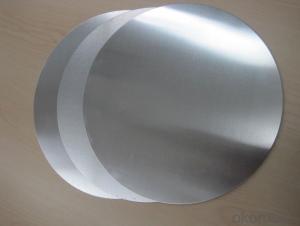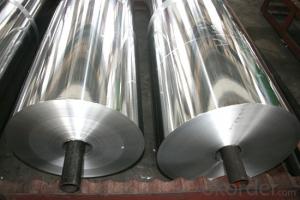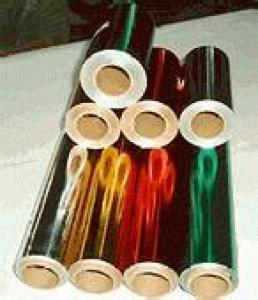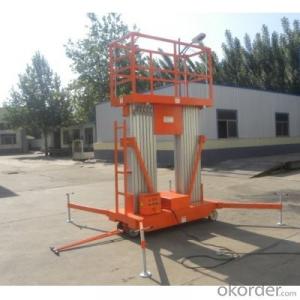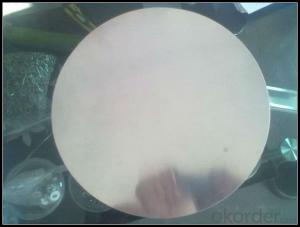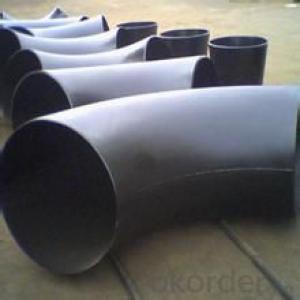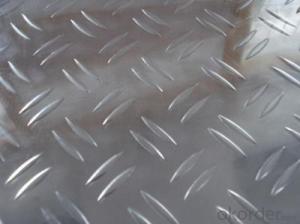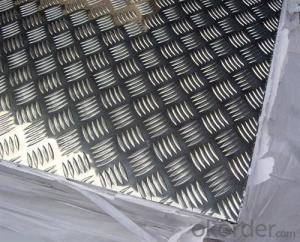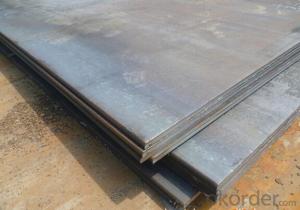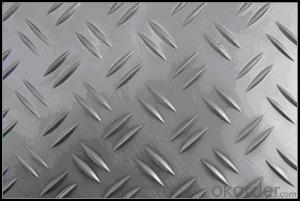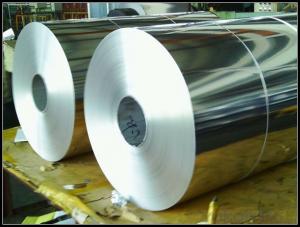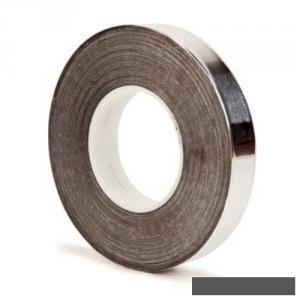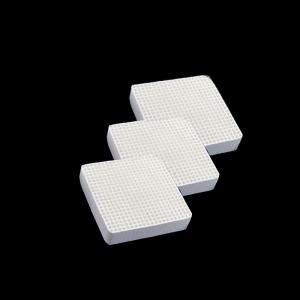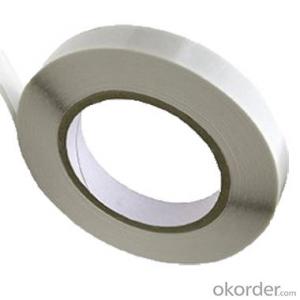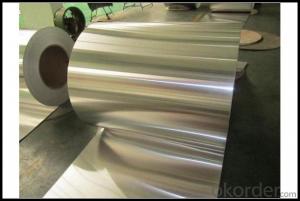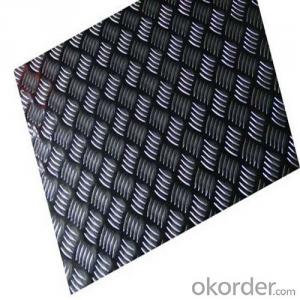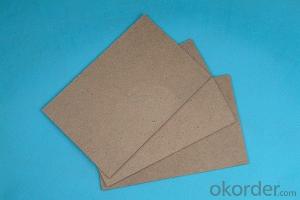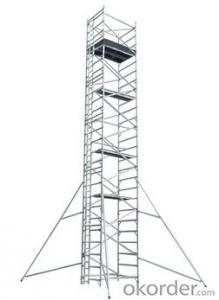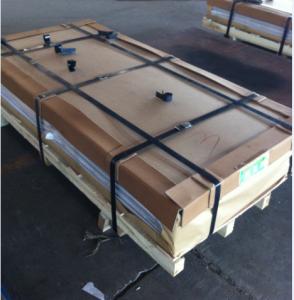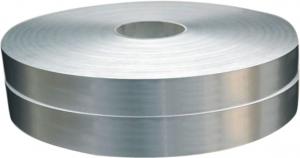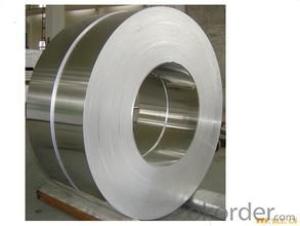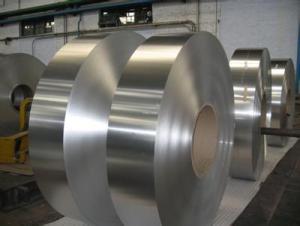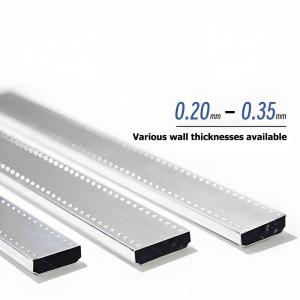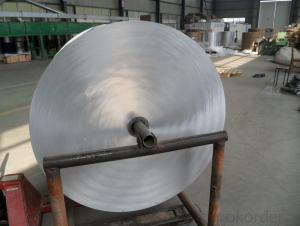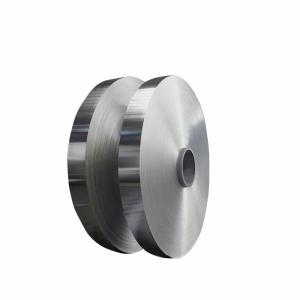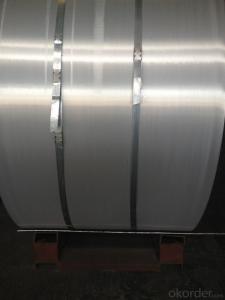2 Thick Aluminum Plate
2 Thick Aluminum Plate Related Searches
2 Inch Thick Aluminum Plate 1 2 Thick Aluminum Plate 2 Aluminum Plate 2 Inch Aluminum Plate 2 Mm Aluminum Plate Aluminum Plate 1 2 Inch Thick 2mm Aluminum Plate Aluminum Plate 2mm 1 2 Inch Aluminum Plate Thick Aluminum Plate 1/2 Thick Aluminum Plate 1 Thick Aluminum Plate 1 2 Aluminum Plate Aluminum Plate 1/2 Thick 1/2 Inch Thick Aluminum Plate 1 Inch Thick Aluminum Plate 3 4 Thick Aluminum Plate 1 4 Thick Aluminum Plate 5mm Thick Aluminum Plate Aluminum Plate 1/2 Inch Thick Thin Aluminum Plate 1 8 Thick Aluminum Plate 1 4 Inch Thick Aluminum Plate Aluminum Plate 1 Inch Thick 10mm Thick Aluminum Plate 1 8 Inch Thick Aluminum Plate 3 8 Thick Aluminum Plate 3 8 Inch Thick Aluminum Plate 3/4 Thick Aluminum Plate 1/8 Thick Aluminum Plate2 Thick Aluminum Plate Supplier & Manufacturer from China
The 2 Thick Aluminum Plate is a type of metal product that is widely recognized for its durability and strength. This specific thickness of aluminum plate is commonly utilized in various industries, such as construction, automotive, and aerospace, due to its ability to withstand high pressure and maintain structural integrity. These plates offer excellent resistance to corrosion and are also known for their lightweight properties, making them an ideal choice for applications where weight is a critical factor.The 2 Thick Aluminum Plate is employed in a multitude of usage scenarios, including but not limited to, structural components in buildings, automotive parts, and aircraft components. Its versatility allows for the creation of custom parts and structures tailored to specific needs, while its resistance to wear and tear ensures long-lasting performance. This product is particularly favored in applications where both strength and lightweight are essential, making it a popular choice among engineers and designers.
Okorder.com is a reputable wholesale supplier of the 2 Thick Aluminum Plate, boasting a vast inventory that caters to the diverse needs of various industries. With a commitment to quality and customer satisfaction, Okorder.com ensures that each 2 Thick Aluminum Plate meets the highest standards of excellence. By offering a comprehensive range of sizes and specifications, Okorder.com provides customers with the flexibility to select the most suitable aluminum plate for their specific requirements, making it a go-to source for this product.
Hot Products
